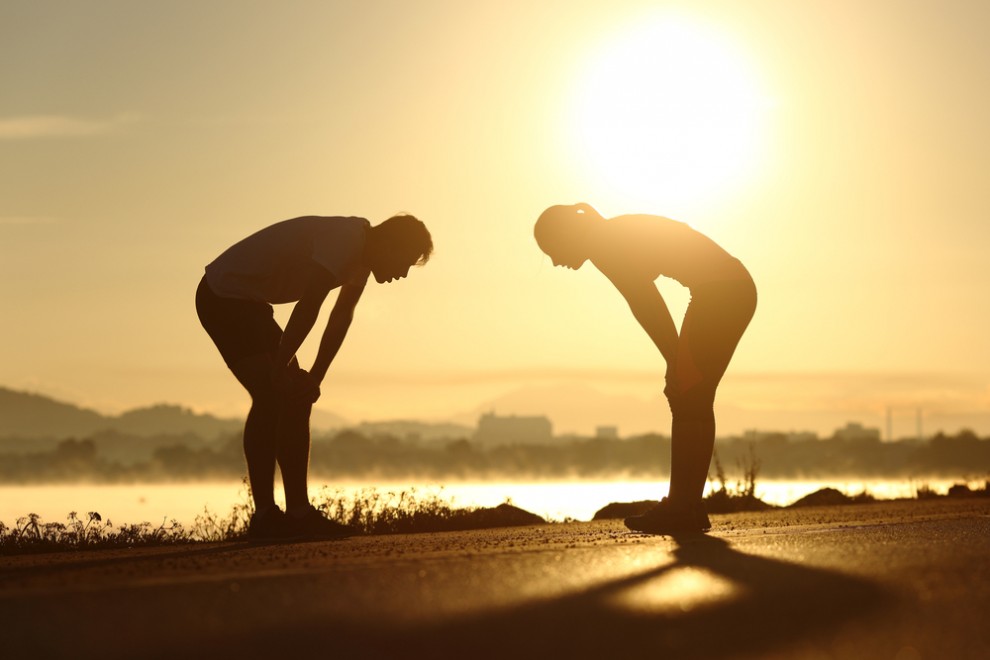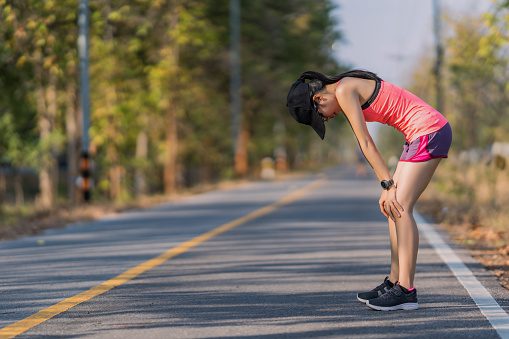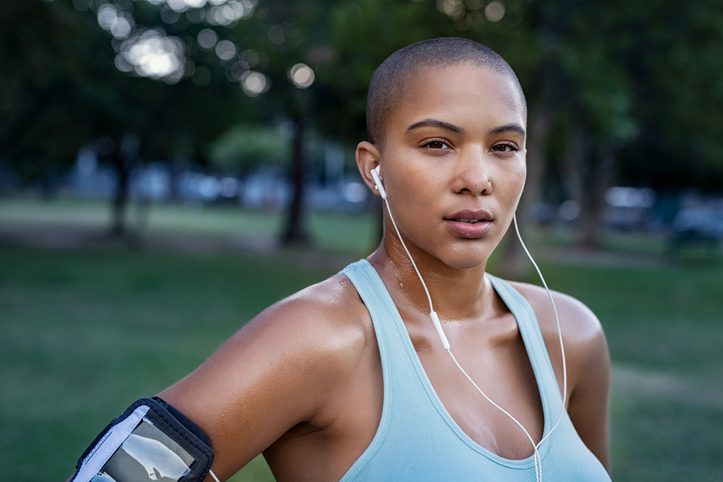How to adjust your pace in the heat
When the temperatures begin to rise, smart runners slow down

Summer running can be a lot of fun, and many runners in Canada are more than happy to ditch the tights and jackets for shorts and a T-shirt, but let’s face it: summer running is hard. A pace that normally feels easy on a cool day can be nearly impossible to maintain when it’s 30 C and humid. To avoid overdoing it in the hot temperatures, it’s important to adjust your expectations and, more importantly, to adjust your pace. While there is no straightforward way to do this, follow these guidelines to modify your speed so you can enjoy the season safely.

RELATED: 6 ways to keep cool during summer runs
Why does heat make running harder?
There are a few reasons why hot temperatures make running more difficult, but the main reason is blood flow. When you run in hot weather, your body has to work harder to cool itself off, and it does this by directing more blood flow toward the surface of your skin to dissipate heat. This means there is less blood (and therefore less oxygen) flowing to your working muscles, which makes your heart work harder to accomplish everything. This increase in heart rate affects your rate of perceived exertion and causes you to slow down.
While runners might find this involuntary slow-down frustrating, it’s important. This is basically your body’s built-in mechanism that prevents you from overheating, which can be dangerous and even life-threatening.

How much should you slow down?
There is no perfect answer to this question, because how much you slow down will depend on several factors, like temperature, humidity and cloud cover. On top of that, every runner is affected by the heat to a different degree, so some may have to slow down more than others. The amount you’re affected by the heat will also vary depending on the time of year and how much you’ve been able to acclimate to the conditions. For this reason, the number-one rule when it comes to running in the heat is to listen to your body. There is no shame in slowing down on a hot day, and it doesn’t mean that you’re regressing as a runner, it simply means you’re being safe.
Some runners prefer to adjust their pace according to their heart rate in the summer. In this case, you will train at the same heart rate target you would normally hit in cooler conditions, rather than focusing on your watch. Yes, you’ll be running slower, but the exertion level will be the same.
There are also some rough calculations you can do to adjust your pace. U.S.-based coach Mark Hadley suggests you slow down by 0.1 per cent to 0.15 per cent for each degree F above 60 F (15 C). In the early part of the season, when you’re not yet used to the heat, you’ll probably need to be closer to the 0.15 per cent mark, but as you become more acclimatized, you may not need to slow down as much. He also suggests factoring in the humidity when considering the temperature, adding five to 10 degrees if the humidity level is high.

For example, if you normally run six miles (around 10K) at roughly 8:00 min/mile (approx. 5 min/km), but the temperature is 80 F (27 C), if you were to slow down by 0.15 per cent per degree over 60, you would slow down by roughly three per cent (80-60 = 20 degrees over 60F. 20 x 0.15% = 3.0%). Three per cent slower than 8:00 min/mile is 8:14/mile (about 5:08/km). On a particularly humid day, you may want to slow down by an additional 5-10 seconds.
If that’s too much math for you, check out this handy chart here.
Other ways to adjust to the heat
Slowing down isn’t the only way to adjust to hot weather. You can also move your run to a shadier area, like a tree-lined road or trail, you can add walk breaks into your run or, if you’re doing a speed workout, you can shorten the length of your intervals and lengthen your rest. If you’re just heading out for a steady-state run, you can also shorten the length of that run, provided you’re not training for anything specific. If you find you really struggle in the heat, you may want to shift your focus to a shorter event and train for something like a 5K or 10K, rather than a marathon, during the summer months.

RELATED: When is it too hot to run outside?
Finally, like we already mentioned, the most important thing you can do is listen to your body and adjust your pace accordingly. It may feel like you’re not progressing, but getting heatstroke will set you much further back than having to slow down for a few weeks in the summer.


